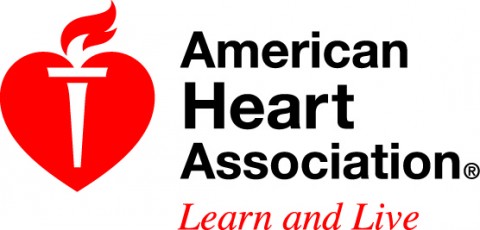The results reinforce the importance of a diet that includes at least 25 grams of fiber daily.
 Dallas, TX – Eating more fiber may decrease your risk of first-time stroke, according to new research in the American Heart Association journal Stroke.
Dallas, TX – Eating more fiber may decrease your risk of first-time stroke, according to new research in the American Heart Association journal Stroke.
Dietary fiber is the part of the plant that the body doesn’t absorb during digestion. Fiber can be soluble, which means it dissolves in water, or insoluble.
Previous research has shown that dietary fiber may help reduce risk factors for stroke, including high blood pressure and high blood levels of low-density lipoprotein (LDL) “bad” cholesterol.In the new study, researchers found that each seven-gram increase in total daily fiber intake was associated with a 7 percent decrease in first-time stroke risk. One serving of whole wheat pasta, plus two servings of fruits or vegetables, provides about 7 grams of fiber, researchers said.
“Greater intake of fiber-rich foods – such as whole-grains, fruits, vegetables and nuts – are important for everyone, and especially for those with stroke risk factors like being overweight, smoking and having high blood pressure,” Diane Threapleton, M.Sc., and Ph.D. candidate at the University of Leeds’ School of Food Science & Nutrition in Leeds, United Kingdom.
Researchers analyzed eight studies published between 1990-2012. Studies reported on all types of stroke with four specifically examining the risk of ischemic stroke, which occurs when a clot blocks a blood vessel to the brain. Three assessed hemorrhagic stroke, which occurs when a blood vessel bleeds into the brain or on its surface.
Findings from the observational studies were combined and accounted for other stroke risk factors like age and smoking.
The results were based on total dietary fiber. Researchers did not find an association with soluble fiber and stroke risk, and lacked enough data on insoluble fiber to make any conclusions.
The average daily fiber intake among U.S. adults is lower than the American Heart Association’s recommendation of at least 25 grams per day. Six to eight servings of grains and eight to 10 servings of fruits and vegetables can provide the recommended amount.
In the United States, stroke is the fourth leading cause of death, killing more than 137,000 people annually. Among survivors, the disease is a leading cause of disability.
In addition to following a nutritious diet, the American Heart Association recommends being physically active and avoiding tobacco to help prevent stroke and other heart and blood vessel diseases.
Co-authors are: Darren C. Greenwood, Ph.D.; Charlotte E.L. Evans, Ph.D.; Christine L. Cleghorn, M.Sc.; Camilla Nykjaer, M.Sc.; Charlotte Woodhead, M.Sc.; Janet E. Cade, Ph.D.; Christopher P. Gale, Ph.D.; and Victoria J. Burley, Ph.D. Author disclosures are on the manuscript.
The U.K. Department of Health for England and Kellogg Marketing and Sales Company (UK) Ltd. funded the study.
For the latest heart news, follow @HeartNews on Twitter.
Read more about whole grains and fiber from the American Heart Association, along with simple ways of adding more fiber to your diet.



